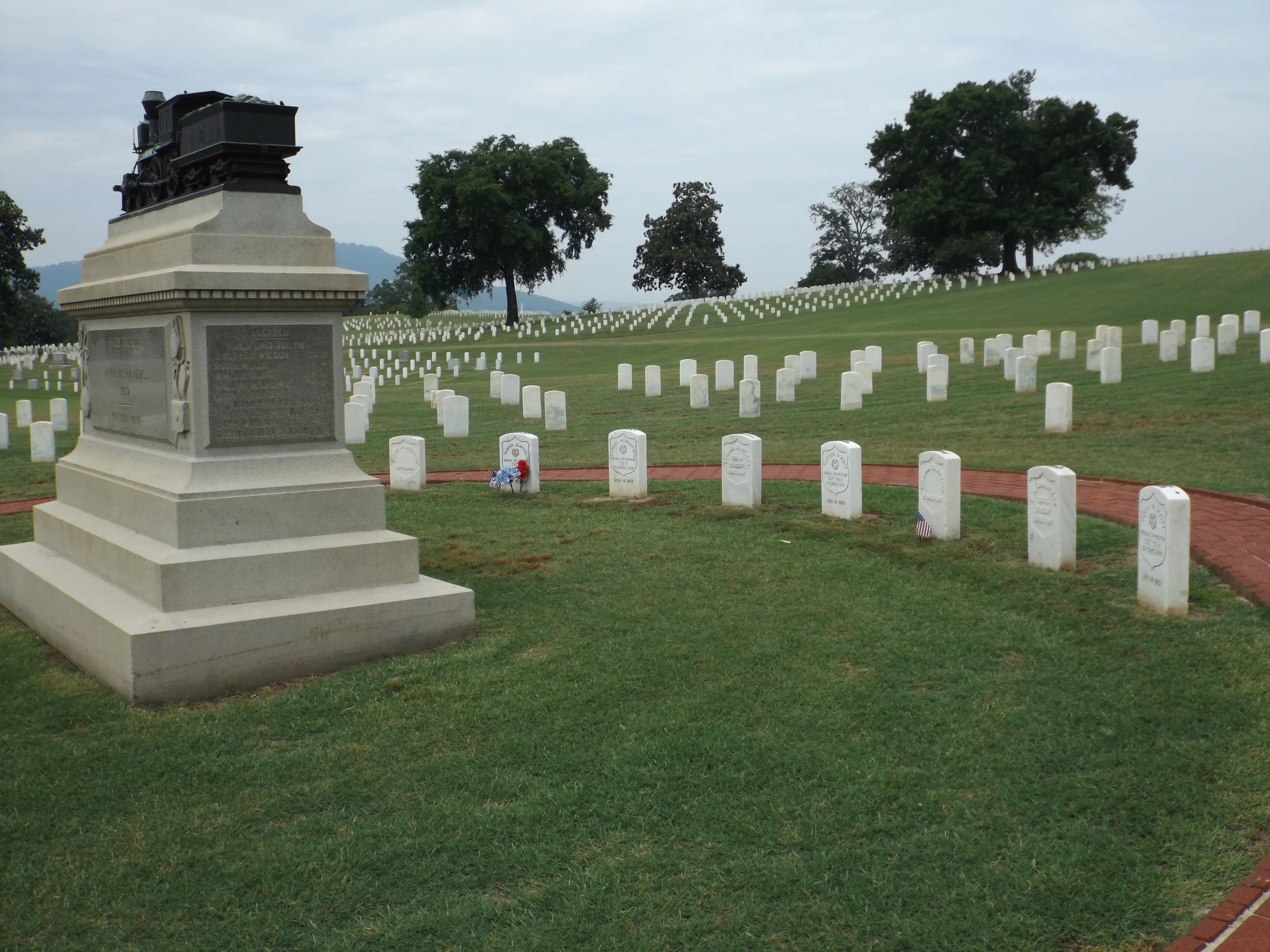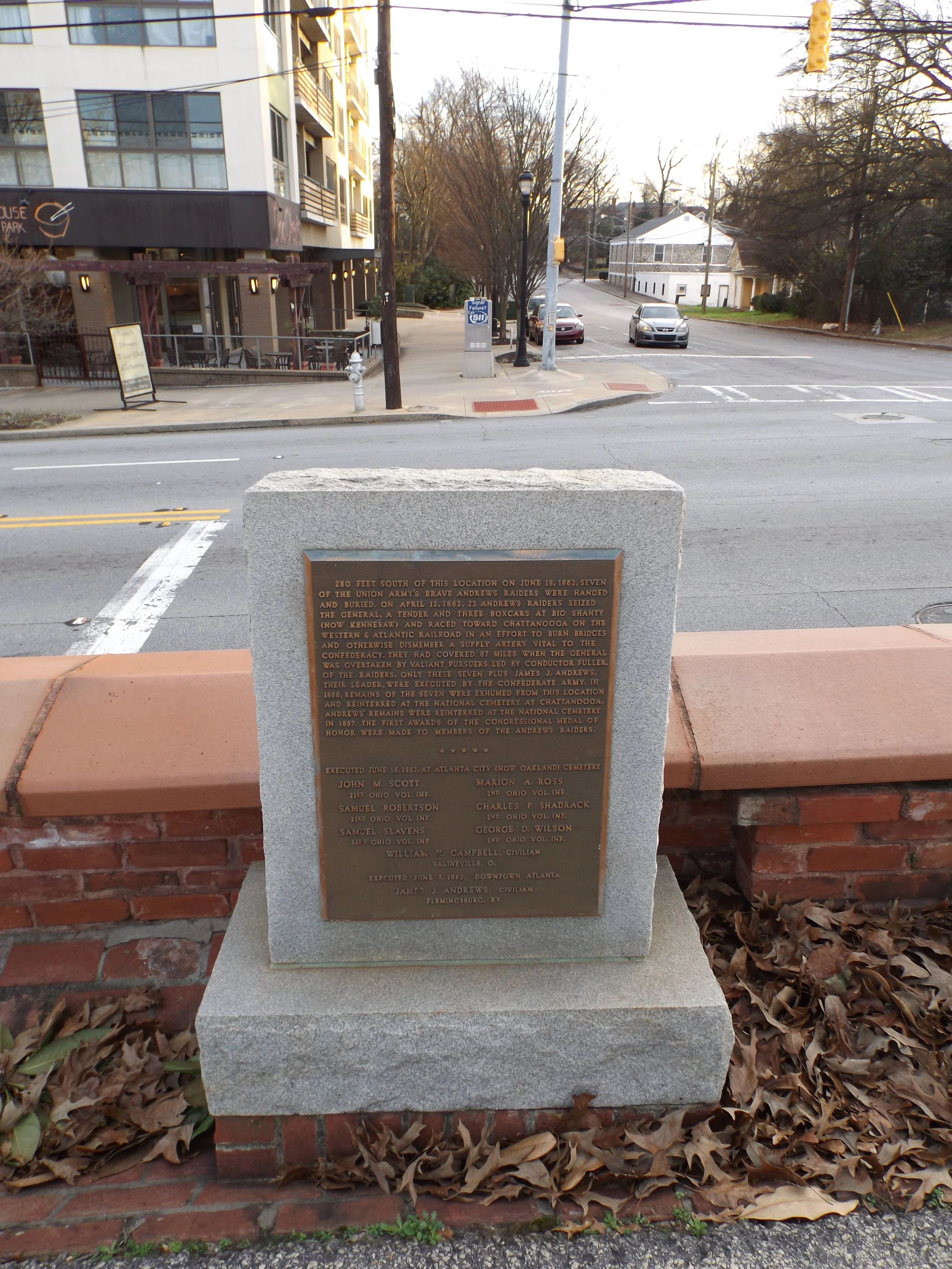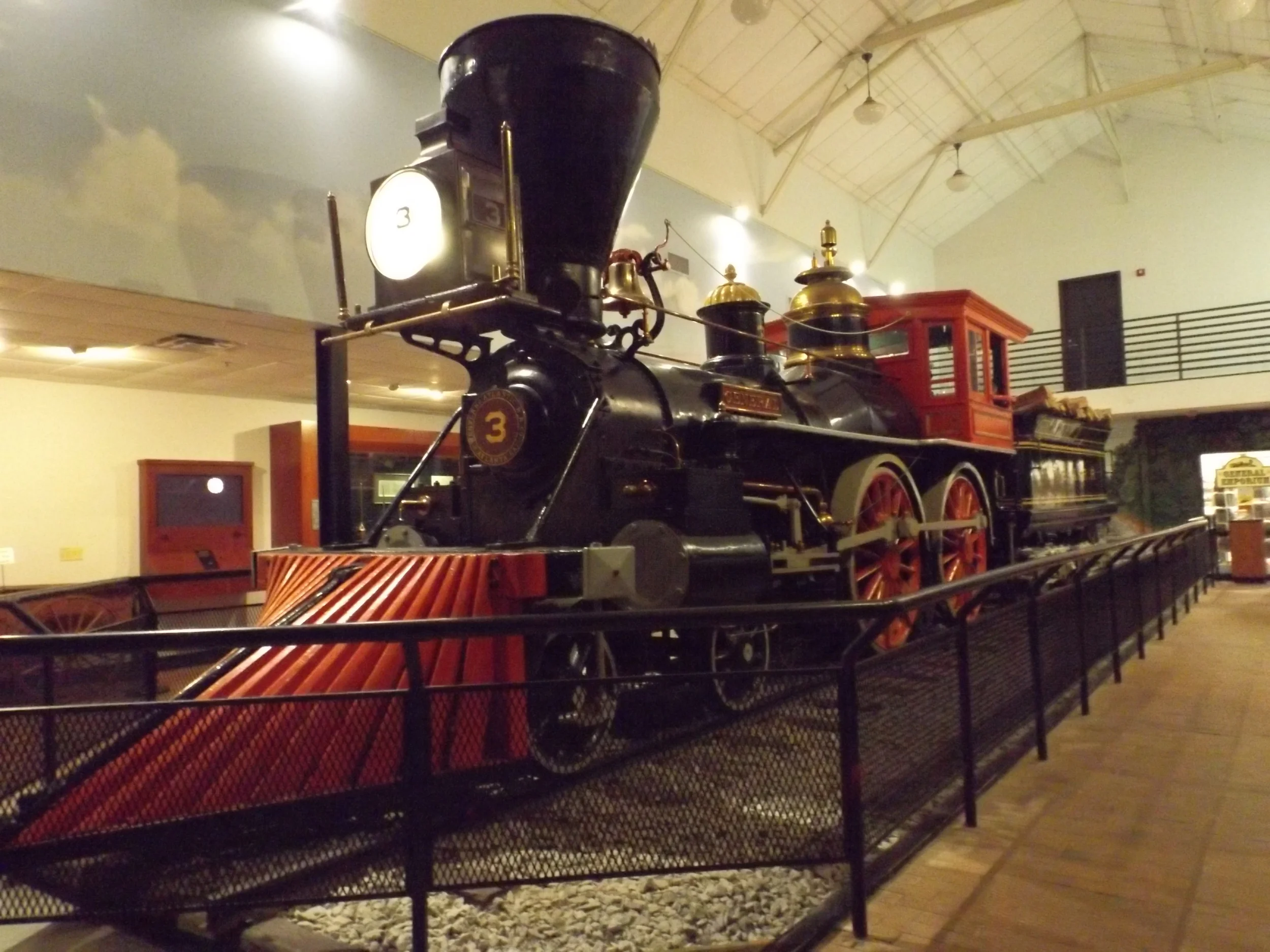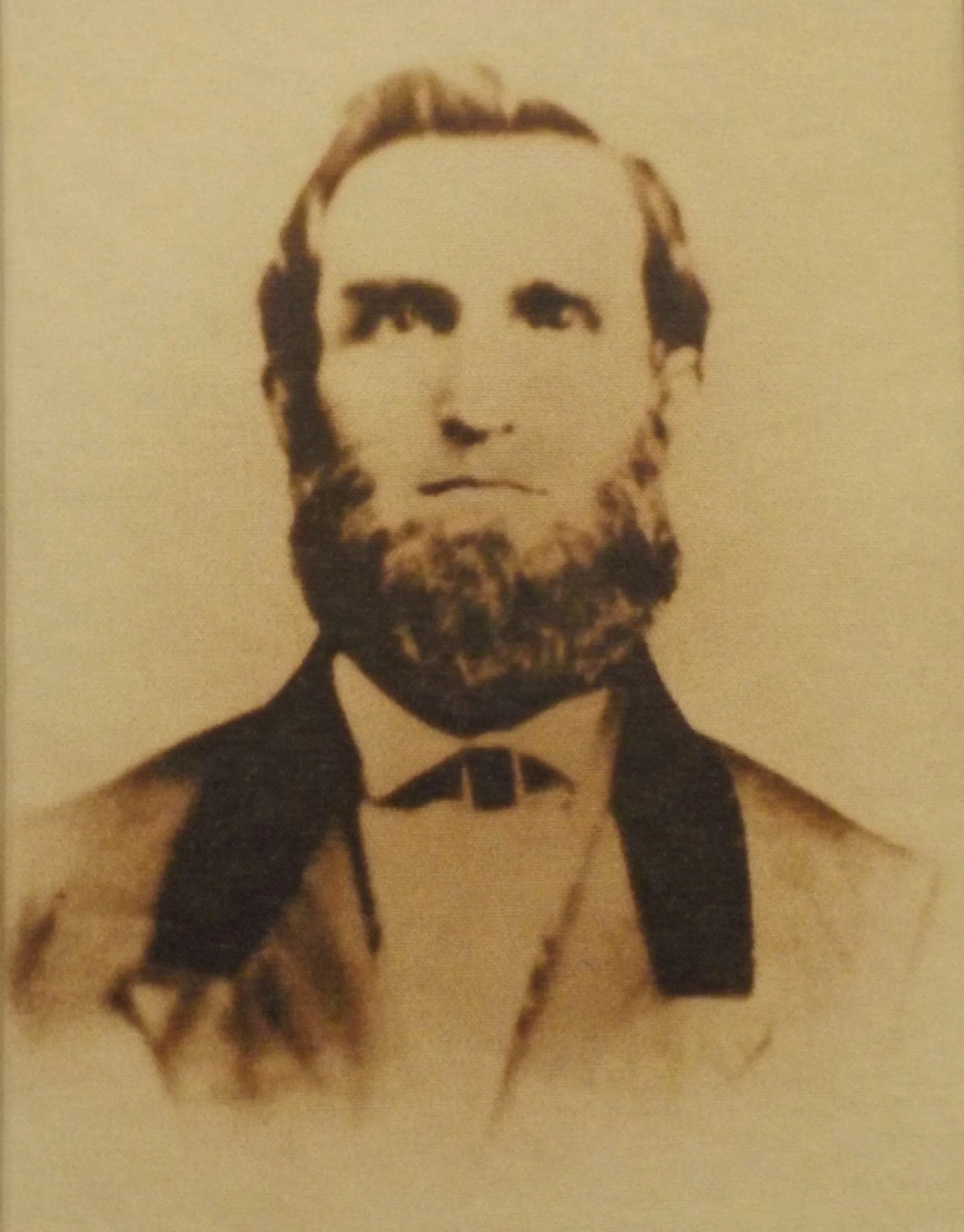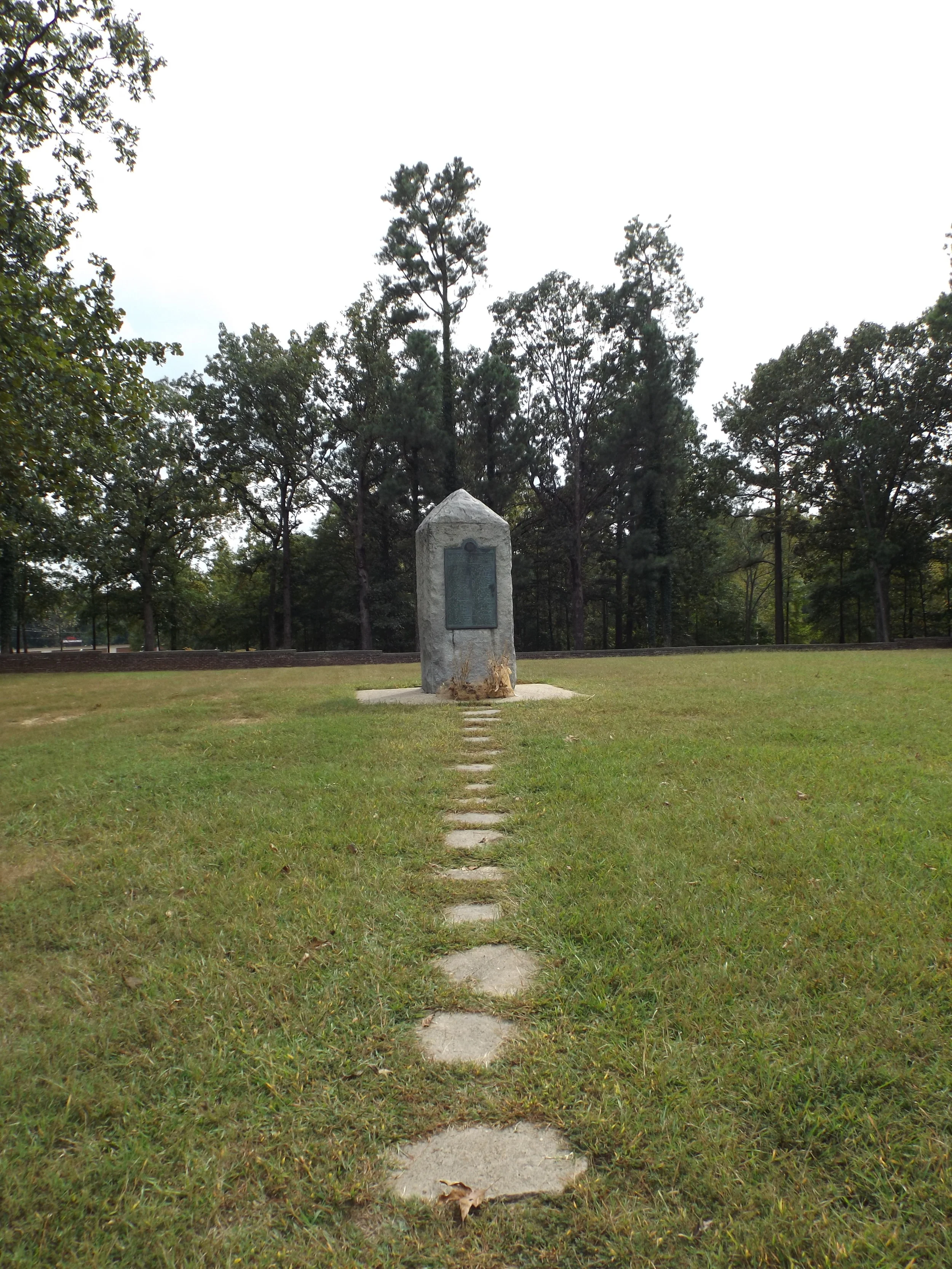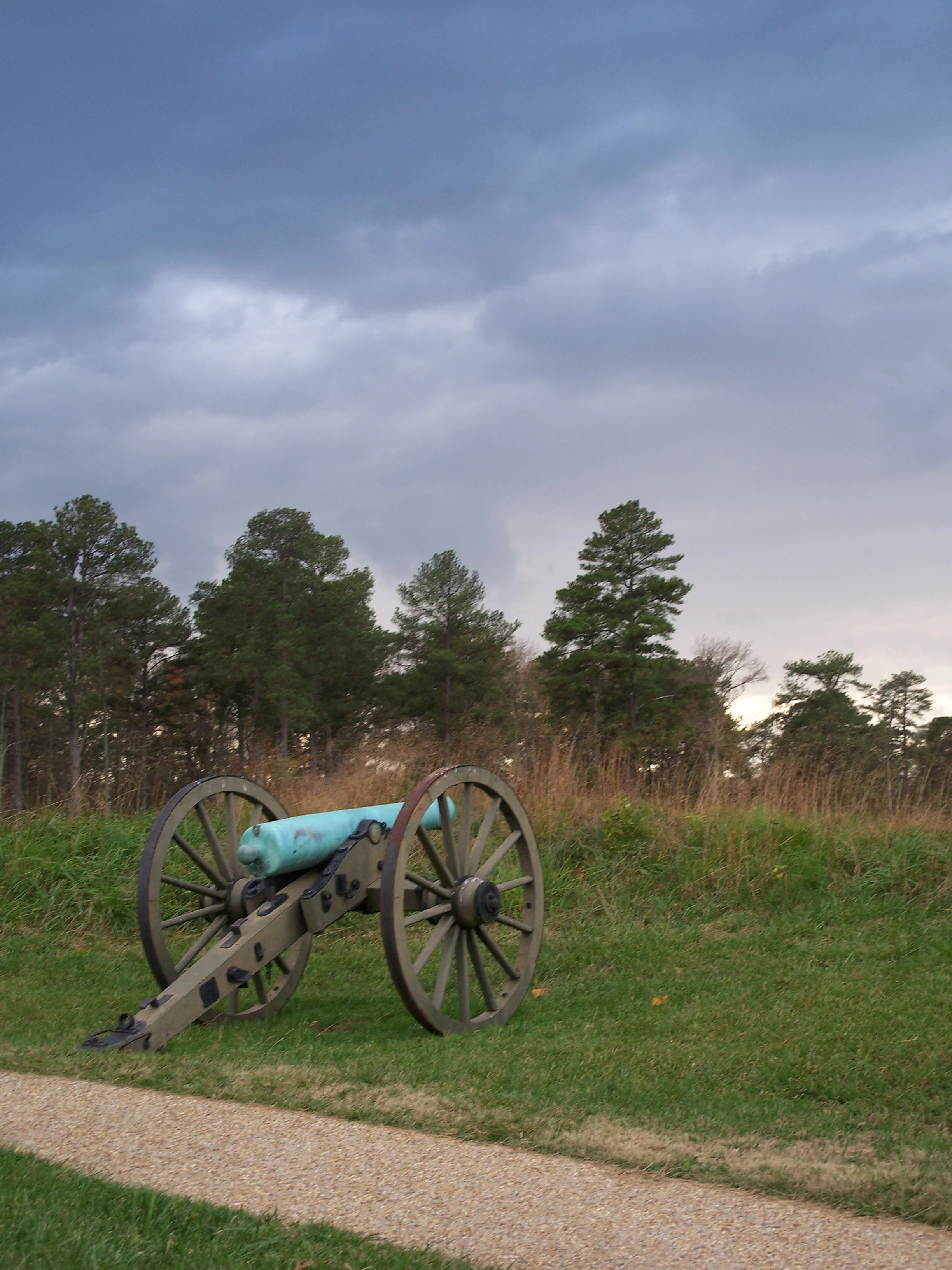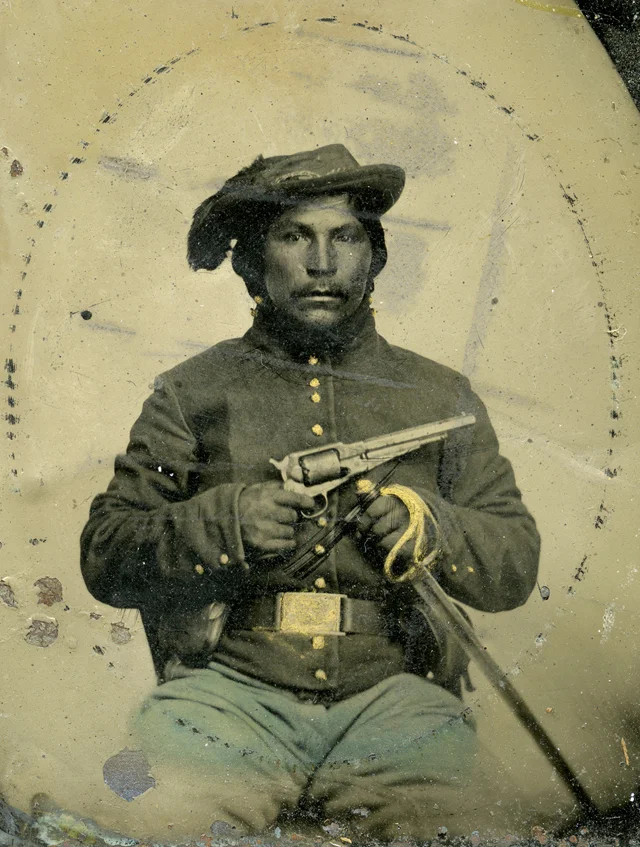Diary Disclosures: David Hunter Strother on Civil War Leaders
/Forty-five years old at the start of the Civil War, David Hunter Strother had built his career through pen and pencil. A renowned artist, known via his pen-name "Porte Crayon," Strother traveled throughout the nation in the antebellum years, sharing sketches and stories of his travels via popular magazines of the day. Yet as the nation collapsed in 1861, Strother, who hailed from western Virginia, decided to put his artistic talents to use for the Union army. In the war's early years, Strother served as a topographer for Union forces in the Shenandoah Valley and western Virginia; he eventually earned a commission as a Union officer. Besides Strother's daily work of scouting terrain and sketching maps, the observant Virginian also kept a meticulous, detailed diary which would eventually span dozens of journals. In today's post, I want to share David Hunter Strother's experiences and opinions of various important Civil War figures with you. All of these diary entries date from September, 1861-February, 1862; these diary entries were not published in Cecil Eby's Virginia Yankee. While I have edited lightly for clarity, I have largely left Strother's words and occasional misspellings as they were. After each entry, I have offered a small note with my thoughts and biographical information.
Read More






